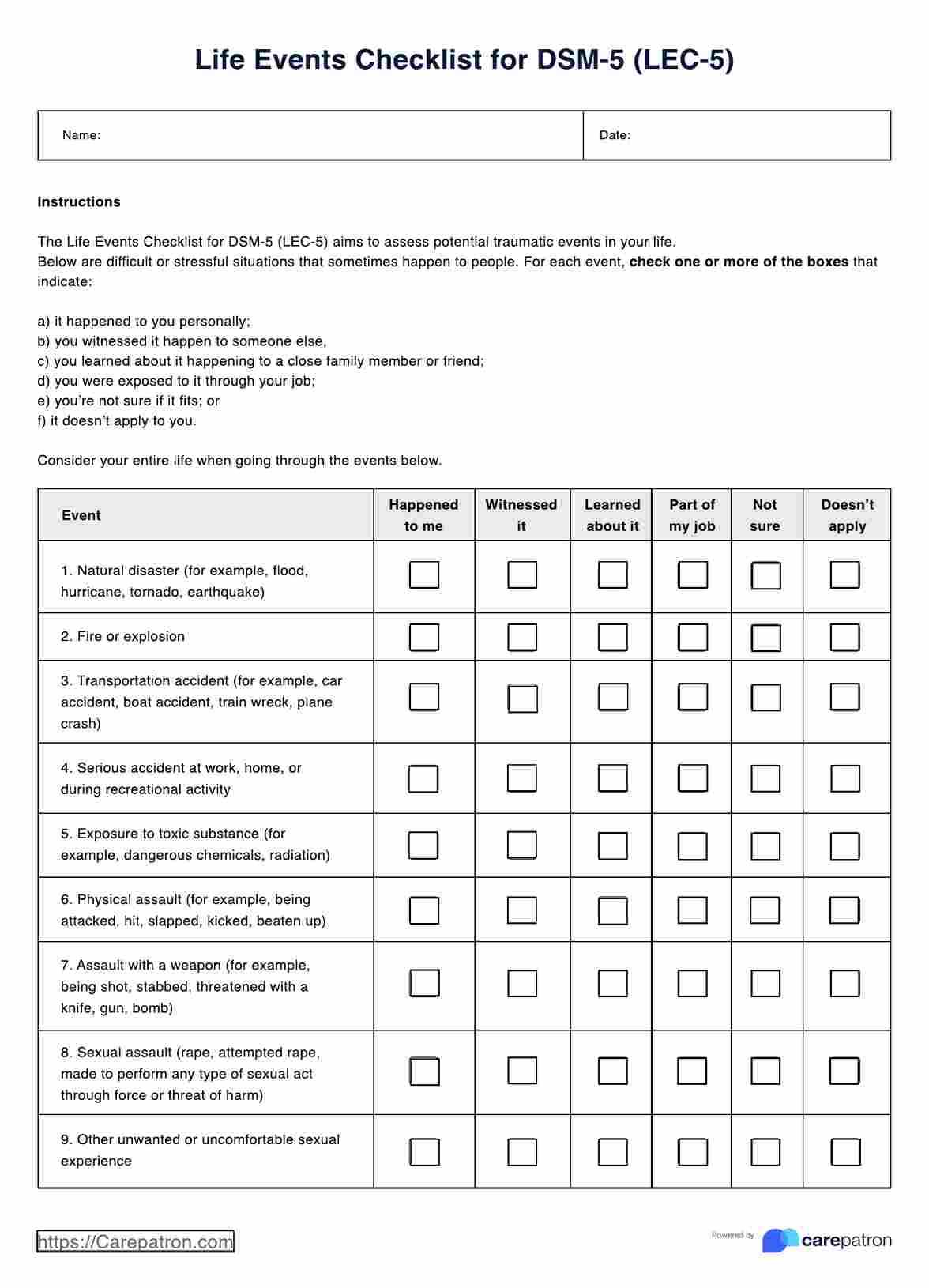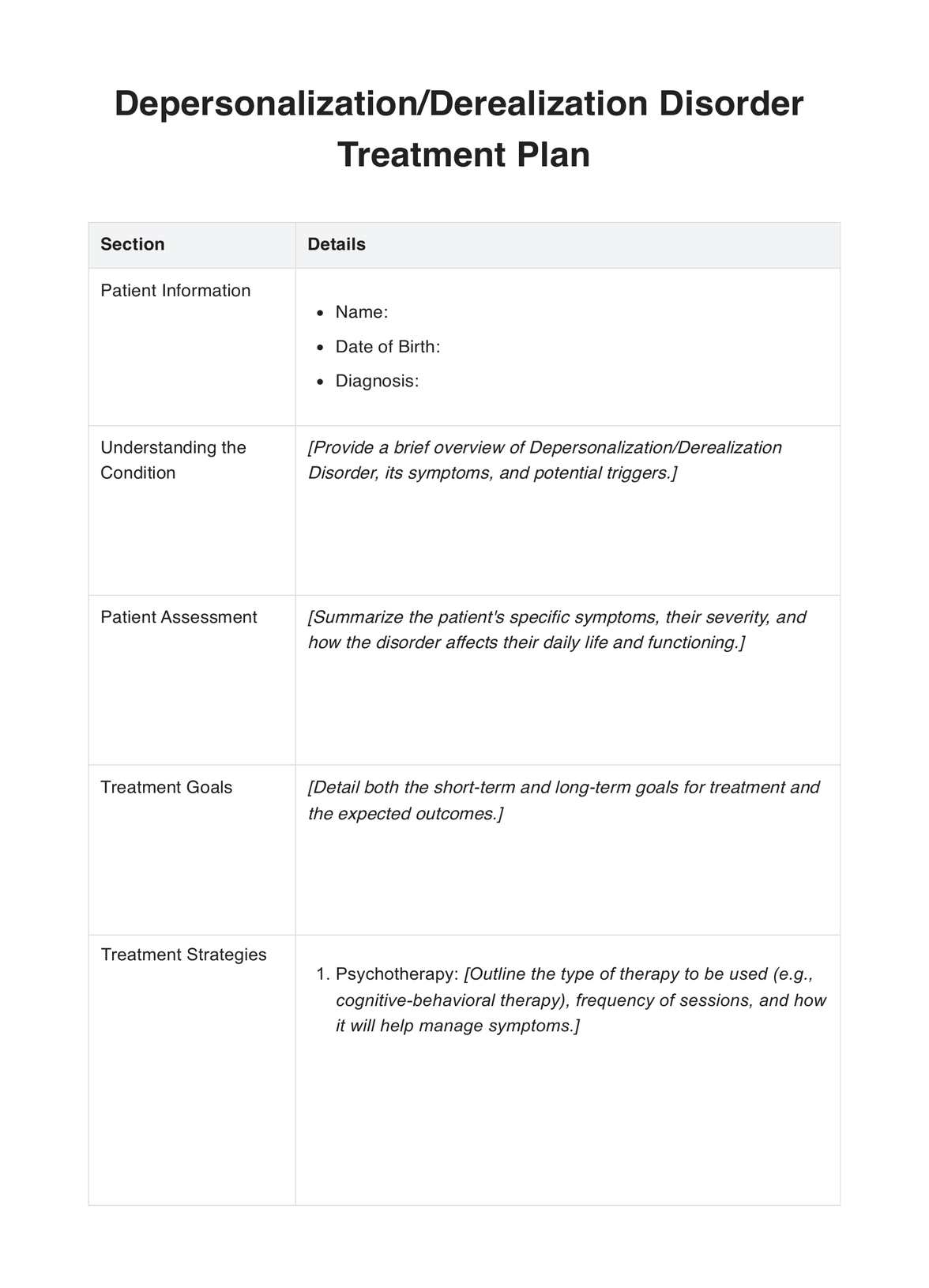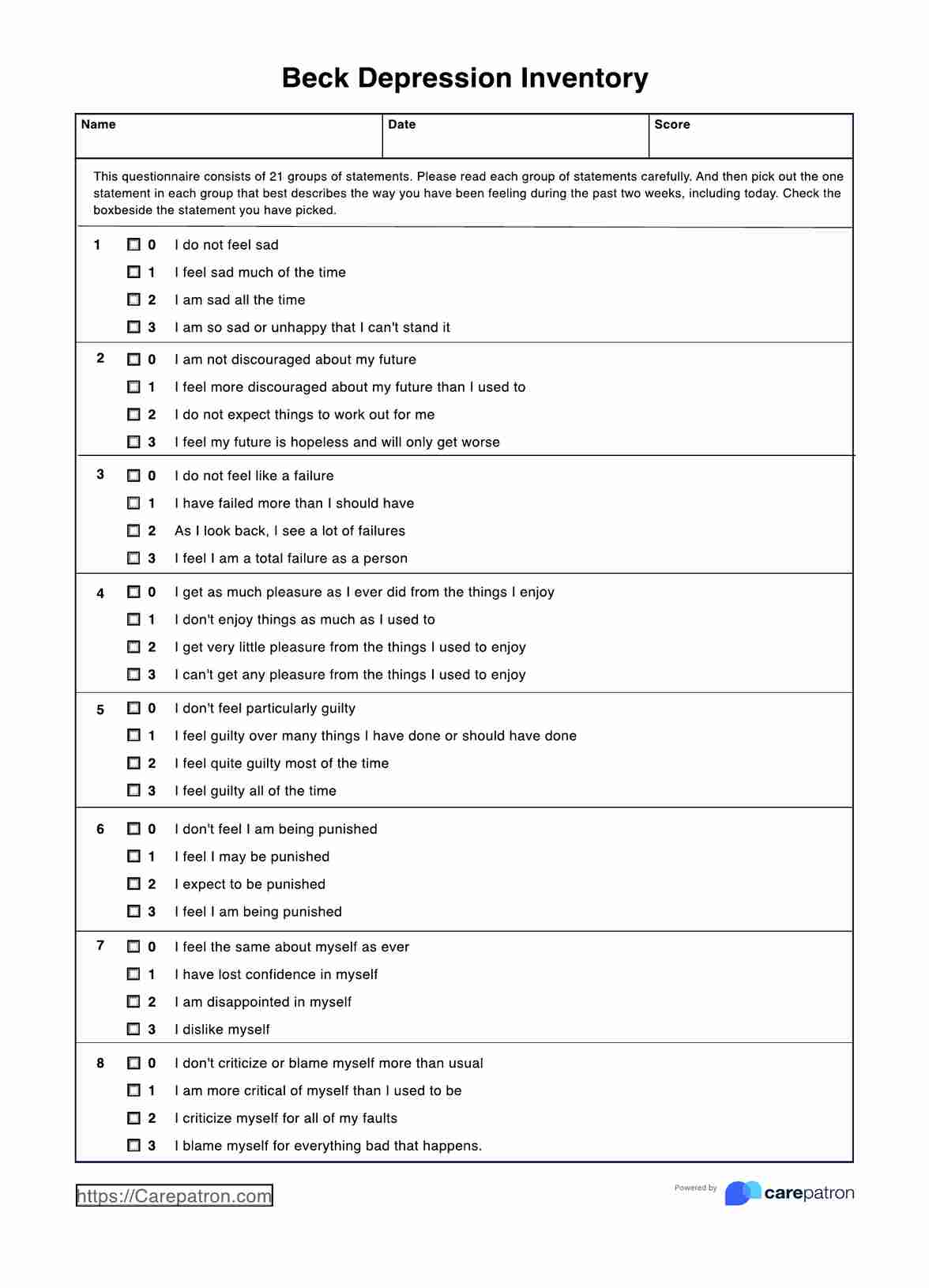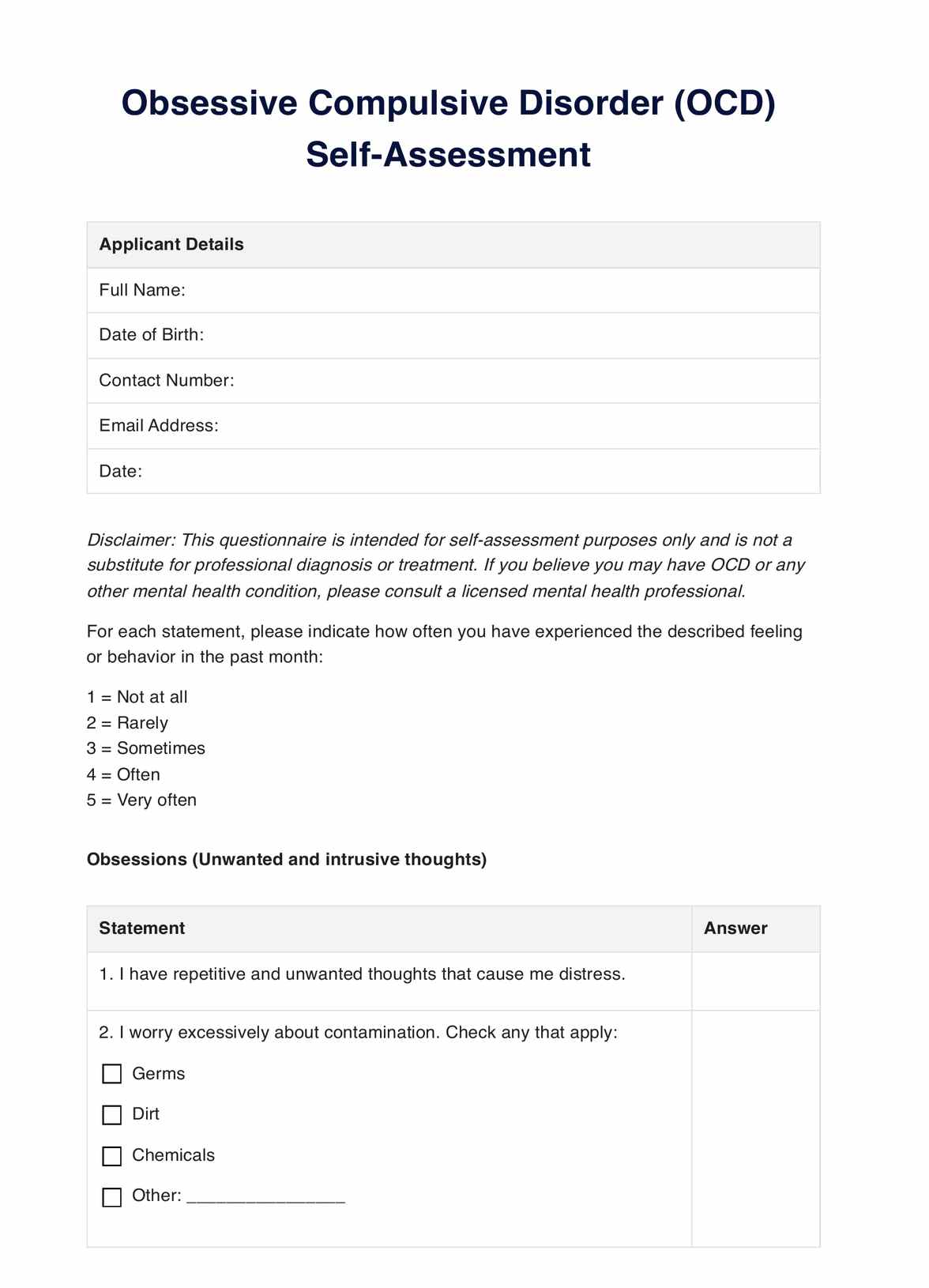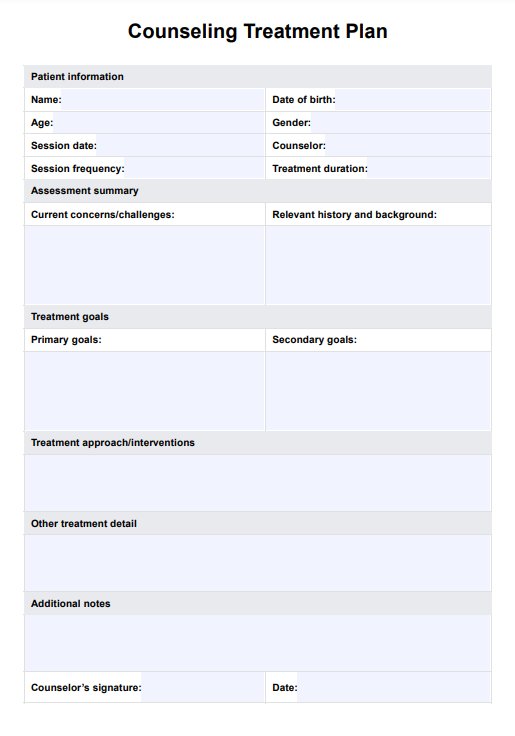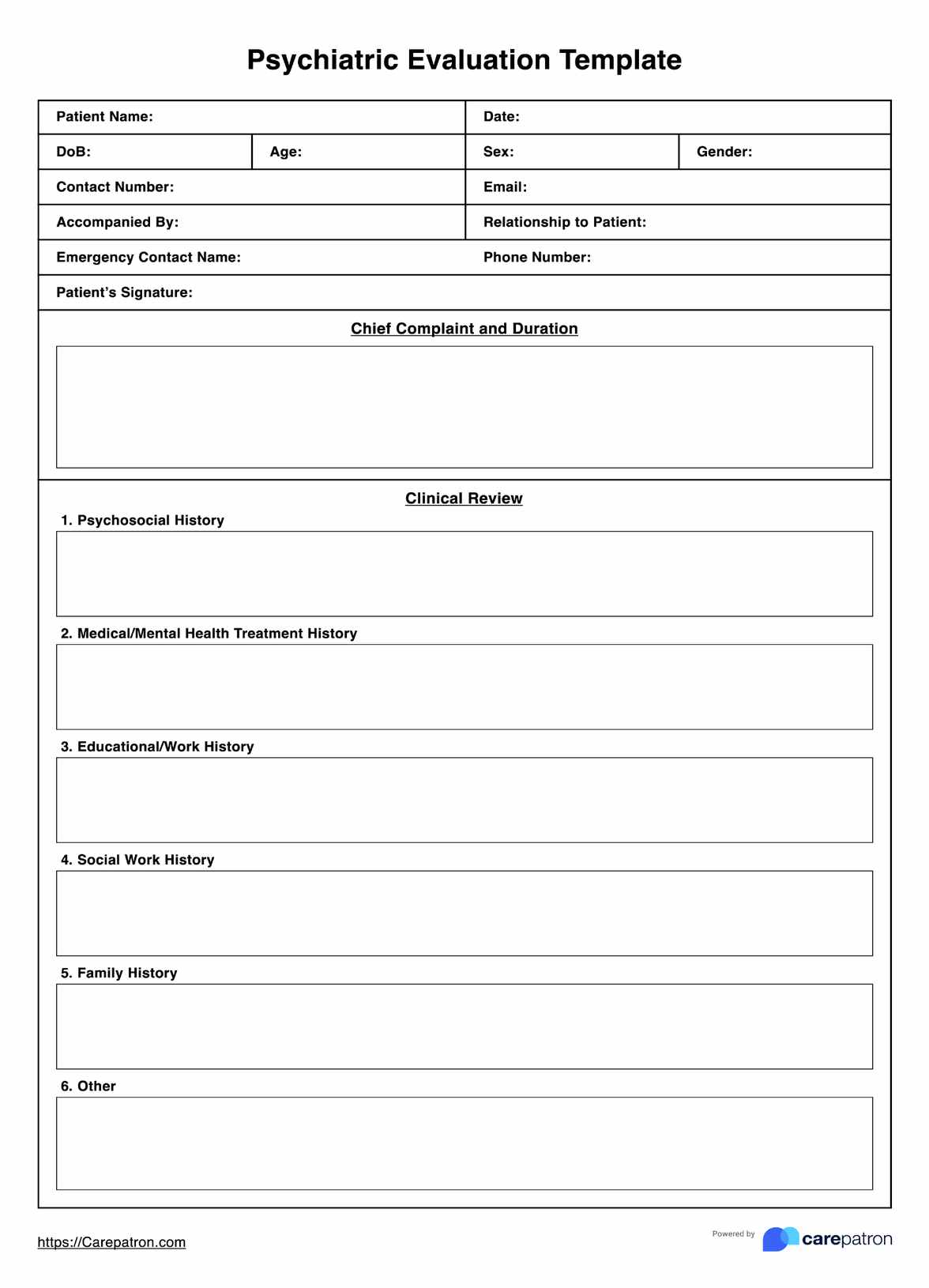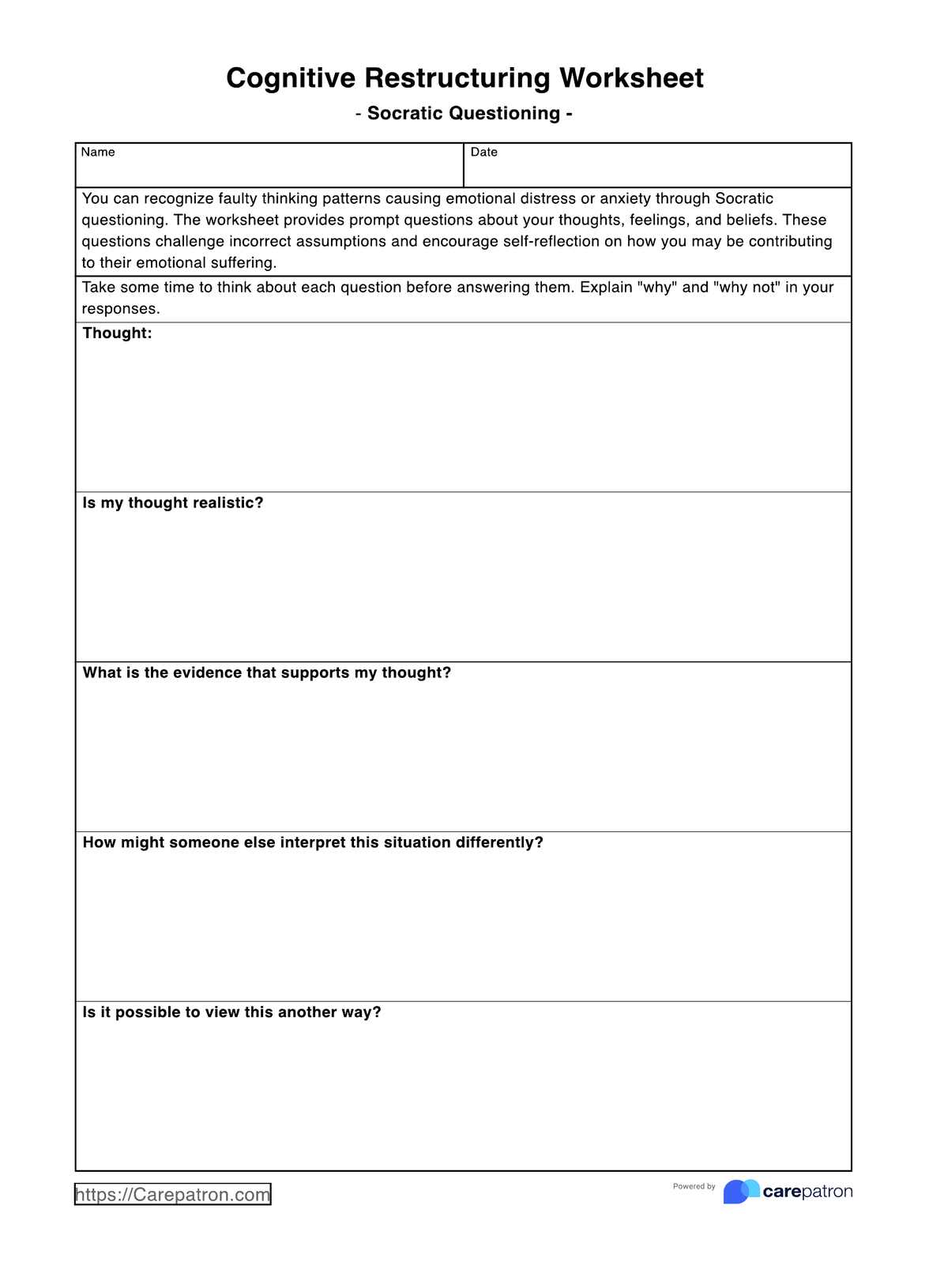Anxiety Worksheets
Challenge your clients’ anxious thoughts and create rational and helpful alternatives with our Anxiety Worksheet. Engage your clients in their treatment, and empower them as they learn to recognize and dispute their anxious thoughts.


What is an Anxiety Worksheet?
Anxiety is a common experience among human beings, often manifesting as automatic responses to threats and general nervousness. Some level of anxiety in your clients’ daily lives is normal, but for clients with anxiety disorders, their anxiety levels can far exceed what would be considered the normal response to a certain situation.
Acceptance and Commitment Therapy (ACT) helps reduce anxiety by encouraging clients to accept their thoughts and feelings without judgment while committing to actions that align with their values. Cognitive Behavior Therapy (CBT) addresses anxiety by identifying and challenging negative thought patterns and developing effective coping strategies. Both therapies empower individuals to manage anxiety and improve their overall mental well-being.
Anxiety can take many forms, but one thing is for sure – challenging anxious thoughts takes practice, and that’s why we’ve creat CBT Anxiety Worksheets like this specific worksheet. This worksheet can also be used as a self-help tool for managing anxiety so your clients can challenge their automatic, anxious thoughts by rationally deciding on evidence for and against the thought and identifying any unhelpful thinking styles they are unwittingly engaging in. Clients bring their feelings under control using the worksheet during sessions with you to keep up their progress and ensure they are participating as fully as they can in the treatment of their anxiety problems.
Anxiety Worksheets Template
Anxiety Worksheets Example
How to use this Anxiety Worksheet
The worksheet includes using powerful techniques for challenging anxious thoughts. To understand how this Anxiety Worksheet can help your clients challenge their anxious thoughts, take a look at our Anxiety Worksheet example in the following section. But if you want to understand the different parts of this worksheet in more detail, follow this simple step-by-step guide.
Step 1: Download the Anxiety Worksheet PDF
The first step is to download a copy of our free Anxiety Worksheet. The link on this page will give you access to a PDF version of the worksheet.
Step 2: Provide the worksheet to your client
Next, provide your client with a copy of this Anxiety Worksheet. The PDF can be edited by typing within the interactive textboxes, so there is no need to print it out unless your client prefers writing by hand.
Step 3: Have your client complete the worksheet
Your client should complete the worksheet independently to allow thoughtful responses without time pressure. Practicing self-compassion can be beneficial while completing the worksheet. First, they identify the situation that triggered their anxiety and recall the immediate thoughts that spurred it. Next, they objectively evaluate the evidence for and against these anxious thoughts, focusing on factual information. Finally, they should identify unhelpful thinking styles and construct alternative thoughts and positive beliefs that offer a more balanced and rational view.
Step 4: Discuss your client's answers
The next two steps assume that your client wishes to discuss the results of this worksheet with you. If they choose to share their answers with you, the next step is for the two of you to discuss their answers and brainstorm any additional evidence, unhelpful thinking styles, or rational alternative thoughts.
Step 5: Store securely
Finally, if your client chooses to share a copy of the worksheet with you, ensure you store it securely in their clinical record as this document contains private information regarding their mental health treatment that you have a legal obligation to keep confidential and secure.
Who can use these printable Anxiety Worksheets PDF?
This Anxiety Worksheet can benefit a whole range of people, from those struggling with a generalised anxiety disorder to those with excessive worrying or rumination. This worksheet can also help clients manage social anxiety disorder and help them form meaningful relationships, especially in social situations.
In some instances, therapists encourage clients to set a worry time. “Worry time” is a CBT technique where clients designate a specific period to address and manage their persistent fear, helping them develop coping skills and eliminate negative thinking through worry worksheets. Therapists encourage using Worry Time Worksheet to provide a written record for reviewing patterns and progress.
There are no specific prerequisites to incorporating this worksheet into your clinical practice, and your clients need only to be motivated to challenge their automatic anxious thoughts and start making a positive contribution to their mental health treatment. Some of these professionals will include:
- Therapists
- Clinical psychologists
- Counselors
- Psychiatrists
- Mental health and psychiatric nurses
- Nurse Practitioners
- Family Doctors
This is by no means an exhaustive list. In addition to the above, any other healthcare practitioner working in the mental health space may find this worksheet useful to offer their clients.
Commonly asked questions
Unhelpful thinking styles are common traps many of us fall into when we try to think about something when we have high anxiety levels or strong negative emotions. These thinking styles include catastrophizing, all-or-nothing thinking, emotional reasoning, over-generalizations, or jumping to conclusions.
While for some of your clients, it may be necessary for you to offer a helping hand with examples of unhelpful thinking styles or evidence against an anxious thought, this worksheet is designed to be completed by your clients rather than you as their mental health practitioner. As such, it may be a collaborative effort, or your client may wish to complete it entirely independently.
Considering factual evidence for and against a particular thought is part of cognitive restructuring, which aims to replace maladaptive thoughts with more balanced, rational, and helpful ones.


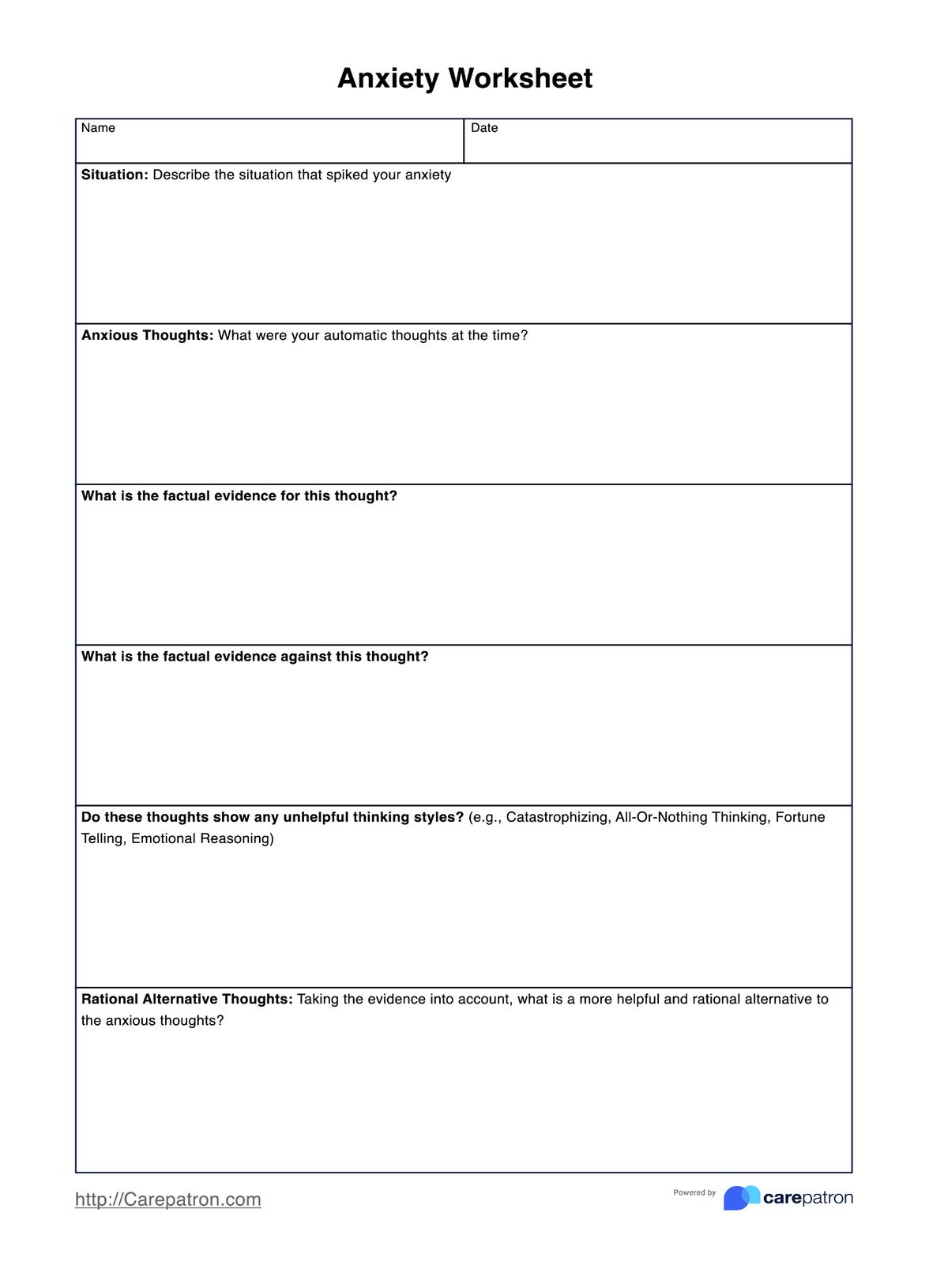
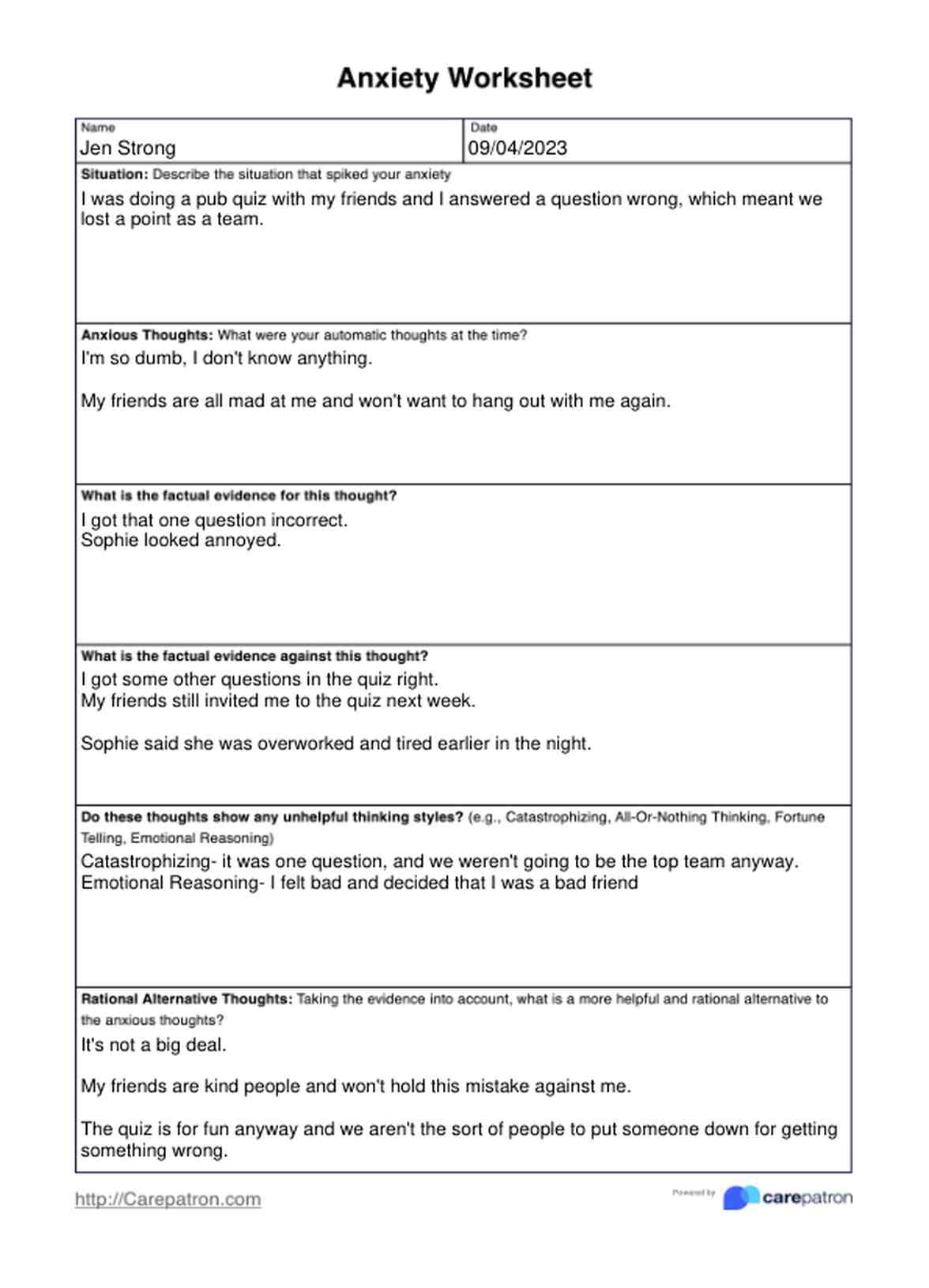

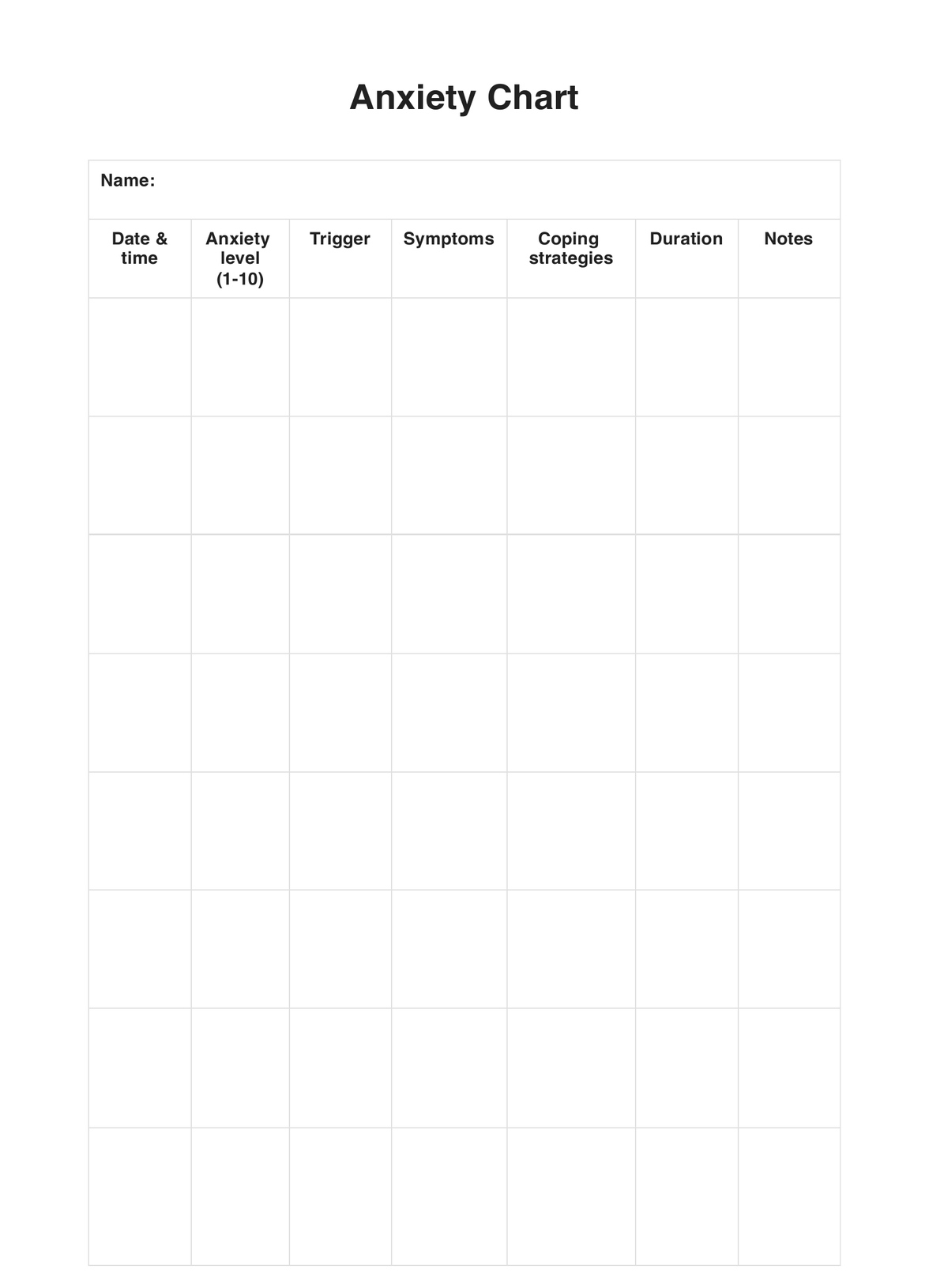
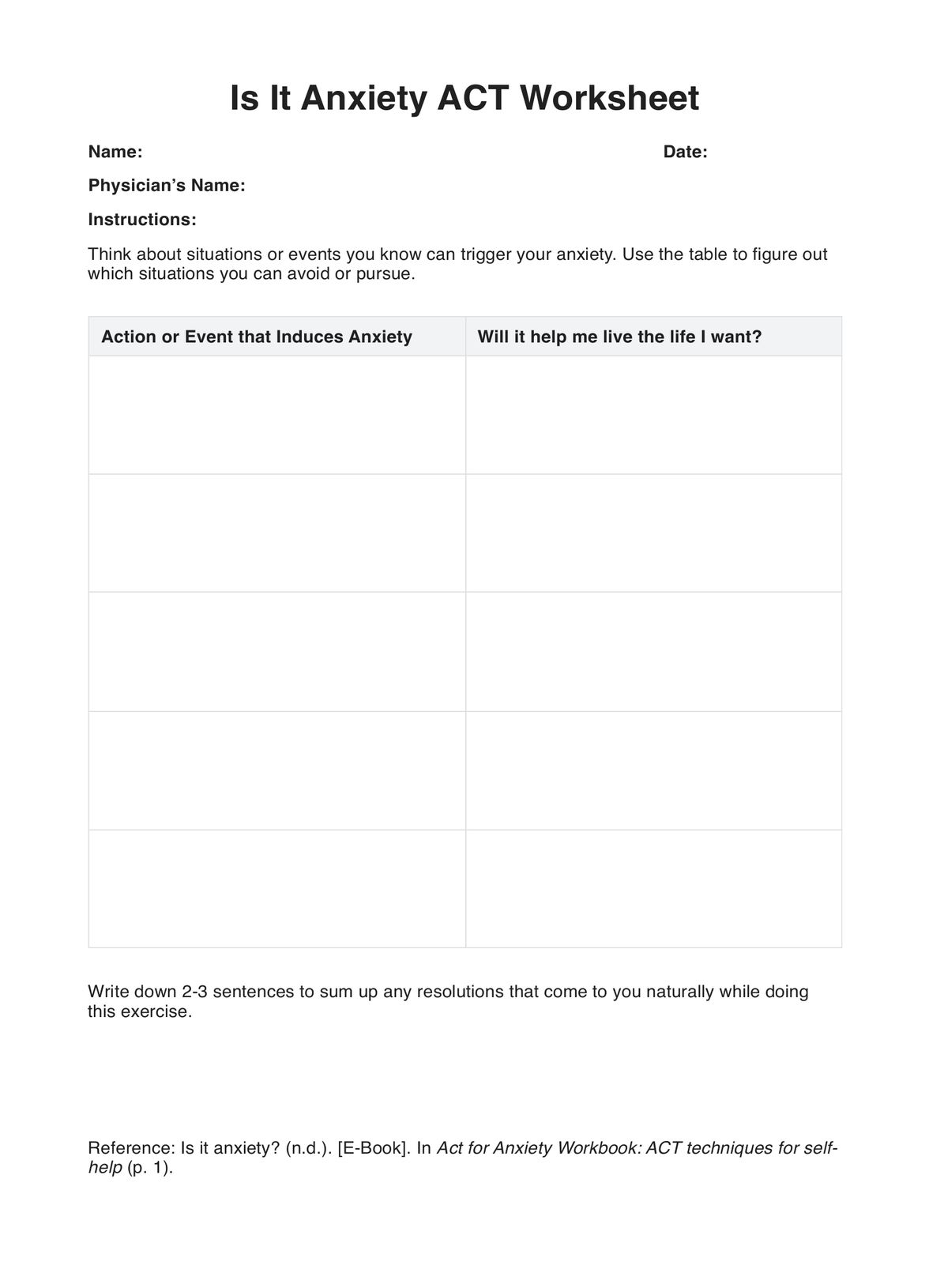














-template.jpg)





















































































